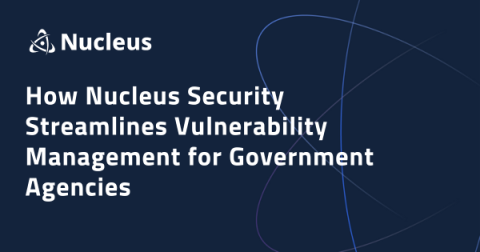Mastering User Entity Controls: A Guide to Complementary Strategies
Complementary user entity controls (CUECs) are essential to any SOC 2 compliance project report. These controls help to confirm the service provider’s system is secure by outlining responsibilities that the client (that is, the user) must undertake as well. Developing strategies to identify, map, and monitor CUECs is crucial for organizations that rely on Software-as-a-Service (SaaS) providers as part of their vendor management process. You won’t be able to manage privacy risks without them.








